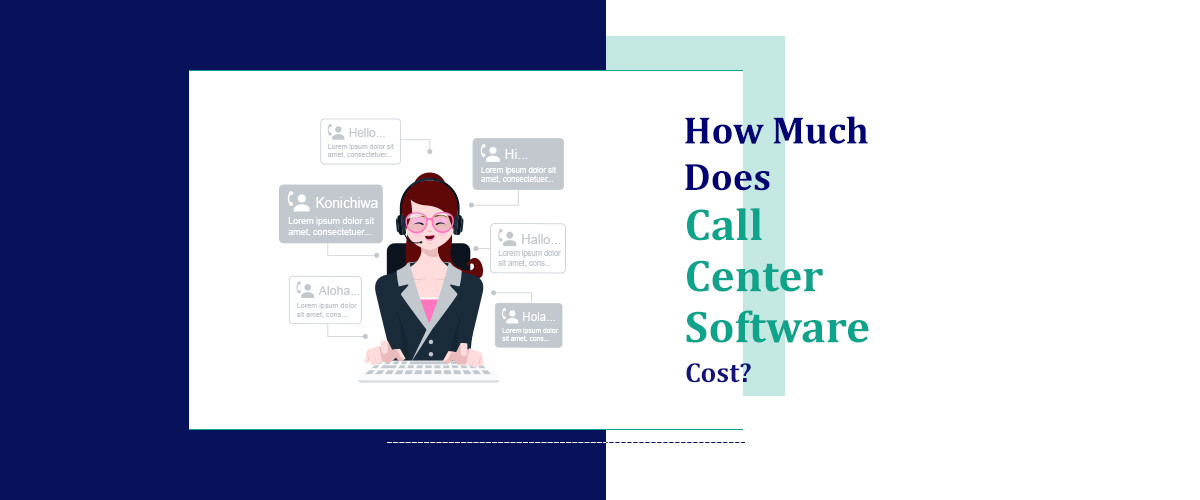What we'll cover
Biometric authentication through facial recognition software is like using a person’s face as a password. So instead of using a code or scanning one’s fingerprint, a person just has to look at the camera. When he does, the software analyzes the distinct features of the face. This may include for instance:
- Distance between the eyes
- The shape of the nose
- Facial thirds
- Short or tall ramus
- Chin and forehead projections
This shows us that it is an effective method of proving who you are. The interesting thing about this technology is that it is becoming very common in things like unlocking your mobile phone or even entering your office or home building.
Utility
As we have discussed earlier Face recognition systems are like cameras that help us prove who we are without needing a password or ID card. Just like how our friends and family recognize us by our faces, these systems can do the same thing. They have two main jobs:
- Confirming who we are: When we sign up for something online, facial recognition compares our face to our ID photo to make sure it's really us.
- Letting us in: Once we're registered, we can use facial recognition to get into private places, make payments, or even enter events just by taking a quick selfie.
Lots of companies use this technology now, making life easier for millions of people. It's used for everything from opening online accounts to getting into sports stadiums.
Examples
1. Airport
Every year, a lot of passengers go through Paris-Charles de Gaulle and Paris-Orly airports. In 2009, the airports introduced fingerprint recognition technology to speed things up. But only 4% of people could use it because it was tied to passport chips. Furthermore, users also often needed clarification about which finger or hand to use. So to resolve this issue they upgraded to facial recognition systems provided by firms that have 105 smart gates, to make things smoother.
2. Border Checks
The Schengen Area, consisting of 26 European mainland states, allows for seamless travel without passport or border controls within its boundaries, benefiting its residents. However, it poses challenges for border guards tasked with monitoring an anticipated 887 million non-EU visitors by 2025. Currently, there is no centralized system for tracking entries and exits in the EU-Schengen zone. Each member state's guards manually stamp passports, which can be counterfeited or difficult to read, without recording cross-border movements or maintaining electronic records.
To address these issues, the EU-LISA is developing an entry/exit system to biometrically record non-EU nationals' data, including facial recognition, at external EU borders. This system aims to eliminate manual stamping, enhance the detection of identity fraud, and provide regulated access to data for agencies like Europol. Implementation is scheduled for 2022.
Replacing Traditional Methods
Face verification systems are way safer than passwords and one-time passwords (OTPs) because those can be forgotten or stolen by others easily. The European Union's Payment Services Directive (PSD2) lays out three ways we can prove who we are:
-
Something you have: Like physical access cards or your phone.
-
Something you know: Such as passwords or personal details like your address.
-
Something you are: This is unique to you, like your face or voice.
Biometric attendance software rely on what makes you uniquely you, making them the most secure way to confirm your identity.
Authentication
Let's break down how biometric authentication, like facial recognition, actually works:
- Biometric Engine: Think of this as the brain of the system. It takes your face and turns it into a unique set of coordinates, kind of like a map of your facial features.
- No More Handcrafting: In the old days, engineers had to manually measure your face to make these maps. But now, smart algorithms do it automatically, which is way more accurate.
- Comparing Coordinates, Not Pictures: When you show your face to the system, it doesn't store the actual image. Instead, it keeps these special coordinates, which are like a fingerprint of your face.
- One-Way Street: Once your coordinates are made, they can't be turned back into a picture. And they only work with the specific system that made them.
- How It Works: When you sign up, the system makes a set of coordinates just for you. Later, when you need to log in, it compares your new coordinates with the original ones to make sure it's really you.
- Quick and Easy: Thanks to advanced tech, this whole process happens super fast, so you don't have to wait around.
Conclusion
In today's time, facial recognition software is able to ensure accuracy in every possible scenario. However, to ensure that the work they are doing is up to the mark, an organization called NIST audits their performances. Hence, companies need to develop robust biometric recognition software to attain better ranking.
It analyzes unique facial features like bone structure and patterns to verify identity, enhancing security.
Yes, it offers high accuracy and reliability, reducing the risk of unauthorized access compared to traditional methods.
It's convenient, fast, and eliminates the need for passwords or tokens, enhancing user experience.
Advanced systems utilize algorithms that adjust for varying lighting conditions, ensuring reliable authentication.
It encrypts and securely stores facial data, adhering to stringent privacy regulations and ensuring user confidentiality.

.jpg)


